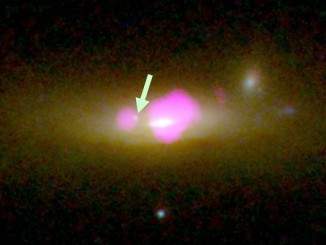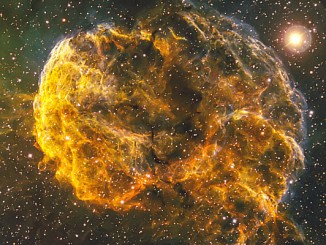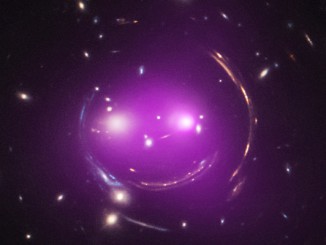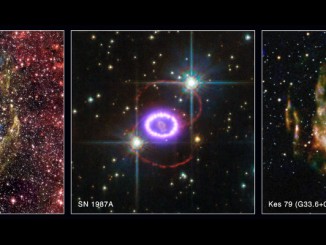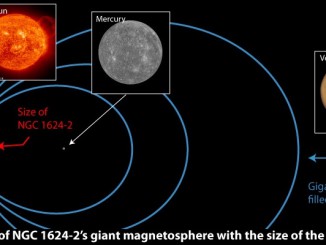
Most distant massive galaxy cluster identified
The early universe was a chaotic mess of gas and matter that only began to coalesce into distinct galaxies hundreds of millions of years after the Big Bang. It would take several billion more years for such galaxies to assemble into massive galaxy clusters — or so scientists had thought. Now astronomers have detected a massive, sprawling, churning galaxy cluster that formed only 3.8 billion years after the Big Bang, some 10 billion light years from Earth.


